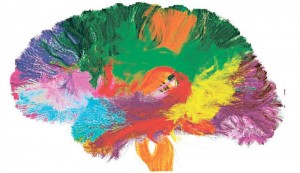Developed in 2014 in order to provide students with an independent strategy for learning – anything, anytime, anywhere – and, also the opportunity to generalize that learning across the disciplines, the W.I.L.D thinking model ensures four stages of autonomous learning:
W.onder I.nvestigate L.isten D.iscover
Utilizing non-linear thinking, while providing an organized structure for the thinking process, the W.I.L.D. model kaleidoscopes the learner into an active quest for knowledge and an opportunity to produce new ideas.
Why do we want students to go W.I.L.D. with their thinking?
- because no one else will ever have the same thought patterns they do! Ever! Our brain and its patterns are as unique as our fingerprints!
- because behaviors are learned over time – and they are already becoming who they will be in the future. Practice doesn’t make perfect, but it does make permanent.
- because full-of-life students should ENJOY discovery, thinking, studying, and learning – no matter their age and stage.
- because we need our students to be passionate, THINKING, contributing citizens – and parents and politicians, and doctors and doers, and artists, lawyers, dancers, and more!
In order for students to pursue learning with a growth mindset and sustainable, purposeful passion, they need to own the process! The W.I.L.D. thinking model provides a lifelong structure for academia and real-world problem-solving. It also provides a model for curriculum writers who are responsible for creating student experiences that require a greater depth of knowledge and higher-level thinking skills.
W.I.L.D. Thinking invites students on a lifelong journey as they wonder, develop essential questions, initiate investigations, listen to experts and others’ perspectives, make emotional and social connections, and then arrive at a point of clarity where they “Discover the Dance” between knowing and doing. Discovering the Dance demands personal growth and insists on an answer to the question: “How will YOU now change – or CHANGE THE WORLD – because of what you have learned?”
